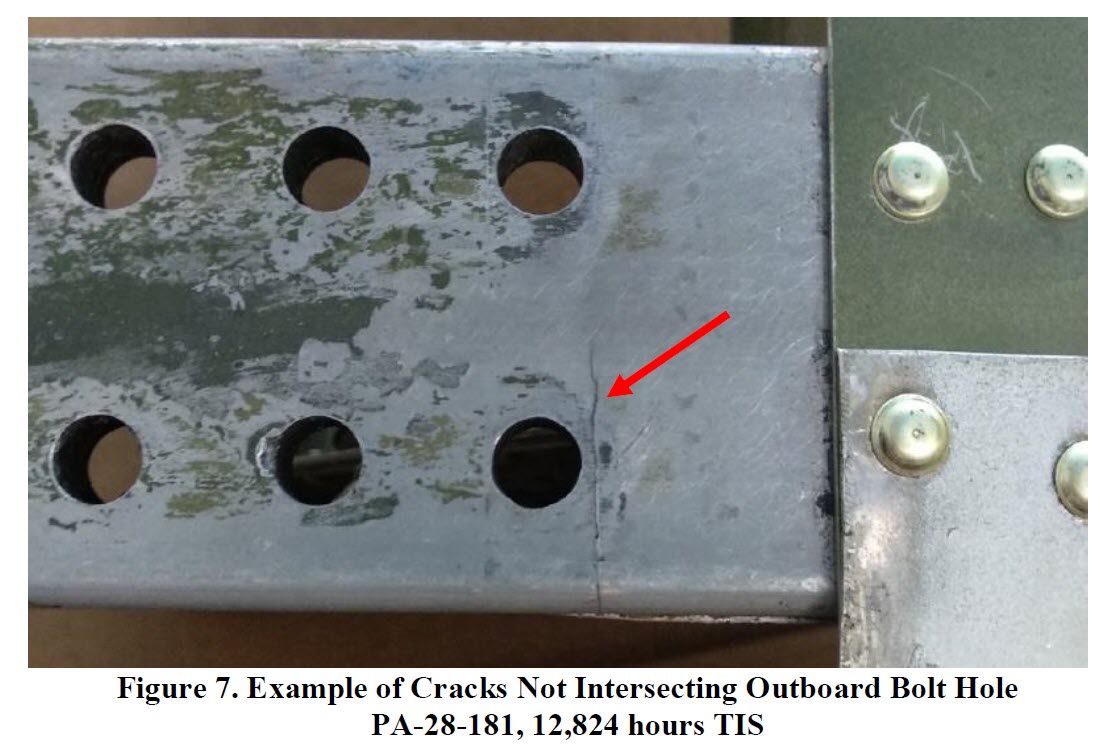The WCSO Chief Deputy was quoted as announcing that it appears that the aircraft broke up in mid-flight.
This is in a neighboring county to us, near Franklin, TN.
Beautiful area near the federal recreational highway, the Natchez Trace Pkwy. I have frequently cycled along that highway.
RIP.

This is in a neighboring county to us, near Franklin, TN.
Beautiful area near the federal recreational highway, the Natchez Trace Pkwy. I have frequently cycled along that highway.
RIP.
Middle Tennessee authorities say 3 killed in small plane crash near Natchez Trace Parkway
The Williamson County Sheriff's Office asked that motorists avoid the area of Bending Chestnut and Davis Hollow Roads after a small plane crash.
www.tennessean.com


